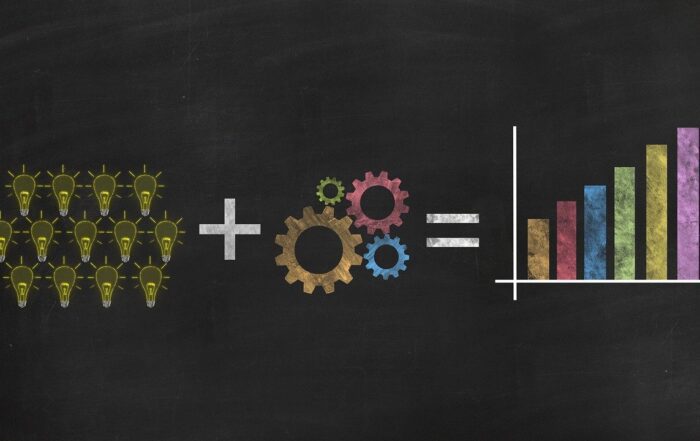The food and beverage industry encounters more challenges than other industries as they usually produce products for human consumption. They have to deal with stringent product quality regulations, hygiene and safety procedures. Not measuring up to these requirements could mean an unacceptable level of product waste as production failures (such as inefficient changeovers) or unplanned shutdowns lead to the rejection of startups or rejects along the production process. Drawing from over twenty years of Asset Performance Management (APM) experience in FMCG, we share our top five recommendations for continuous improvement.
1. Build your asset baseline
Improve or lay down the foundation of your asset management by documenting your equipment. Their location, specifications, spare parts, (functional) asset hierarchy and of course their data. Building a master asset list including history data on the asset functions as a baseline for your APM.
The next step is often quite a challenge. Next to physical information about the assets you would also want to gather, connect and utilize all available data from assets. The transactional data can be found in your CMMS or EAM system and for many companies this is where it ends. However, to continuously improve the reliability of the assets, SCADA, MES, Historians and other OT generated data is also more valuable to understand, predict and improve asset behavior. Therefore, collaboration between departments to connect systems and deliver data output in one unified way is important to provide a proper overview of all asset data. When having achieved this task, you have taken the first step towards setting and being able to measure asset management key performance indicators.
2. Apply asset criticality
Overmaintaining can have big consequences as food production machines need to shutdown too long or too often which impacts the availability and reliability of production performance. Determining asset criticality will help in finding the right balance for your maintenance activities. Use asset criticality ranking to score all assets based on the likelihood and the consequence of failure. Include factors such as safety, product quality and environmental impact, mean time between failure (MTBF), asset replacement value, probability of failure and so on. Use the analysis to prioritize your maintenance tasks and determine the level of attention an asset should get. This can make a big difference when also taking into account that the equipment in food and beverage manufacturing is complex and is usually part of an intricately connected system with conveyors, fasteners, filler machines and such.
3. Fully Utilize Your CMMS or EAM System
Your CMMS or EAM system can be a powerful tool to boost your results. It can facilitate scheduling and planning, controls inventory, work order management and of course asset management. Leveraging the CMMS to aid in maximizing asset performance down the line, however, requires discipline from the workforce and usually protocols on how to all use the system in the same way such as on how to log and manage data.
4. Do proper failure analysis
Setting up a proper CMMS or EAM build, connecting data and building risk based maintenance plans are a really good start. These actions can boost the performance of your production lines to an acceptable level and balance the efforts of your maintenance team between corrective and preventive activities. For continuous improvement potential add in equipment behavior analysis and subsequent actions.
It is essential to a best-in-class APM approach to understand equipment behavior, review and improve maintenance activities and act upon learnings. Failure analysis is an indispensable brick of the house of asset performance. A thorough, tested method for failure analysis or Root Cause Analysis (RCA) should be used to fundamentally change the way of working.
5. Pay attention to your workforce
Working in a FMCG plant requires specific skills and capabilities; an eagerness to deliver quality work, and a strong work ethic that focuses on meticulous, high-standard results to name just two. On top of these traits, to be able to continuously improve productivity and product quality, you need people that can handle change. Adjusting to a new and multidisciplinary way of working requires a huge amount of flexibility and motivation of the workforce. Be sure to create an open company culture, a project buy in on all work levels, provide coaching and objective facilitation from an outside company in order for adoption to be swift and easy for all. As one of our customers lately said: ‘We don’t want heroes anymore, we want people who don’t like surprises but are not afraid to change’.
Conclusion
Maintenance plays an important role in enabling sustainable performance to realize the required availability, reliability and therewith the desired output and revenue. You can postively influence asset performance and overcome challenges with these best practices.
📰 Watch our Recorded Webinar – Asset Performance: Assess and improve
Get inspired
This article provides an overview of MTBF and outlines how to use this knowledge to calculate, improve, and use these metrics for building KPIs.
In this eBook, we explore four key steps that help to decrease maintenance costs and improve your RCA program.
Our experts have summed up benchmarks and tips on what and how to save maintenance cost post-lockdown.





